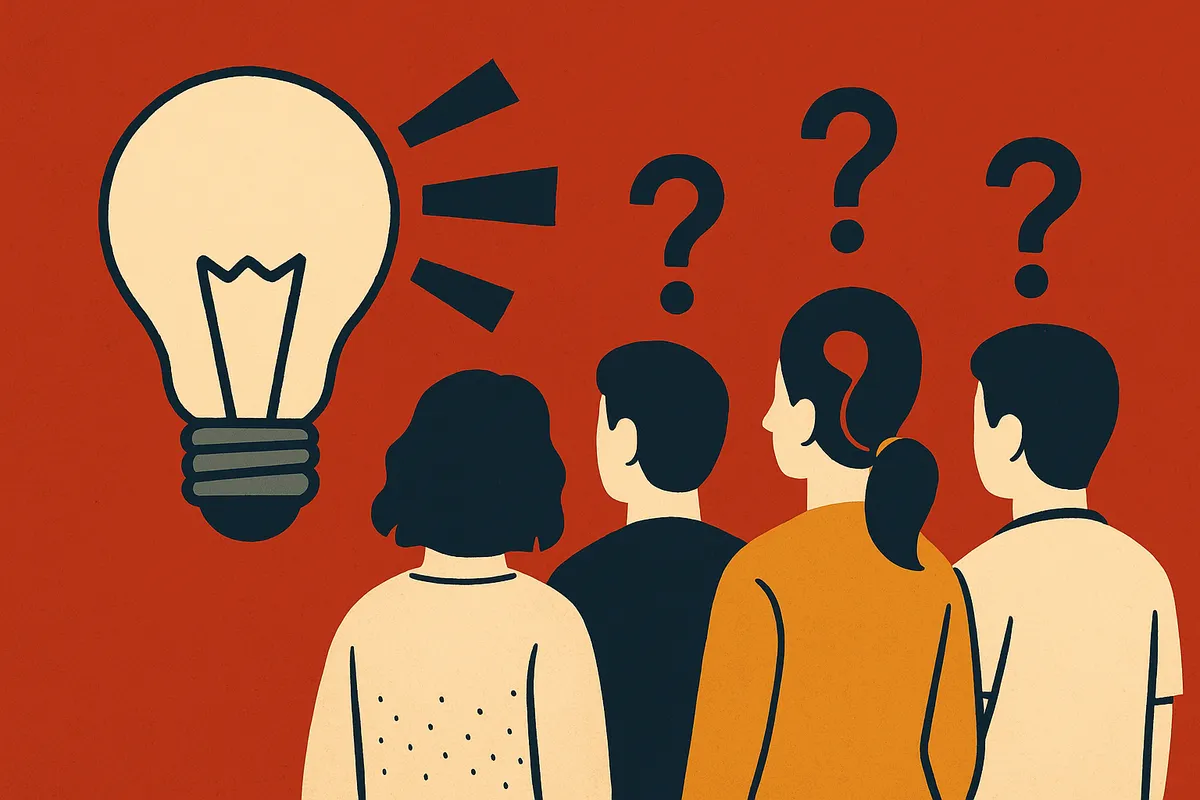Common Concerns About the Neurodiversity Model
 The neurodiversity model asks us to understand autism and other neurological differences as natural human variations—not diseases to be cured, but differences to be understood, respected and accommodated.
The neurodiversity model asks us to understand autism and other neurological differences as natural human variations—not diseases to be cured, but differences to be understood, respected and accommodated.
It’s a powerful shift, and for many autistic people, it’s life-saving. But it’s not without pushback. This post responds to some of the most common concerns I hear—honestly, calmly and with respect for the real fears people have.
“Are you saying autism isn’t a disability?”
Autism is a disability—but mostly because the world is built for non-autistic people.
In a society designed around autistic communication, sensory preferences and pacing, autism might not be disabling at all. That’s the core of the social model of disability: disability doesn’t just live in the person—it lives in the mismatch between a person and their environment.
Many of the hardest parts of being autistic come not from autism itself, but from external demands:
- Environments that overwhelm our senses
- School systems that punish difference
- Healthcare that ignores our communication needs
- Burnout from constant masking
Neurodiversity doesn’t deny difficulty. It just asks: what makes autism disabling—and who decided it had to be this way?
“But my child is non-speaking and needs full-time support. Isn’t that a medical issue?”
Support needs are real. The neurodiversity model doesn’t pretend everyone’s fine as-is. What it challenges is the idea that:
- Autism is just a tragedy
- “Fixing” the person is more important than meeting their needs
- People with high support needs can’t have meaningful autonomy
Neurodiversity doesn’t erase your child’s challenges. It insists their life has worth—not after they meet milestones, but now.
“Aren’t you romanticizing autism?”
This concern usually comes from people who’ve seen the other extreme: language that makes autism sound like a superpower or gift, ignoring the hard parts.
That’s not what I’m doing here.
Autism is not cute, quirky or tragic. It’s not a magic gift or a broken version of something else. It’s a different kind of mind, with different kinds of needs. Some parts are beautiful. Some are brutal. Most are invisible.
“What if neurodiversity makes parents feel guilty for seeking therapy?”
This is important. Parents should not feel guilty for wanting help. What matters is:
- What kind of therapy you choose
- Who it’s for
- What message it sends your child
Therapy should support a child’s wellbeing—not erase their differences to make them easier for adults. Neurodiversity encourages therapy that empowers, not reshapes.
“Are you saying I can’t want a cure?”
You can want whatever you want. Especially if you’re exhausted. Especially if you’ve watched your child suffer.
But the neurodiversity model invites us to ask:
- What would we lose if we “cured” autism?
- What parts of a person are we willing to cut out to make them conform?
- Can we imagine a world where difference isn’t so costly?
For many of us, autism is not separate from who we are. Wanting to erase it feels like wanting to erase us. That’s a painful thing to sit with—but sitting with it matters.
“Does neurodiversity mean we just accept everything and give up on progress?”
No. It means we redefine progress:
- Not “fixing” but supporting
- Not forcing normality but building access
- Not compliance but communication
Neurodiversity asks a deeper question: what if our assumptions about what’s best were never neutral to begin with?
Final Thought
The neurodiversity model is not a refusal to face hardship. It’s a refusal to build identity around suffering. It’s a way to fight for change without shame.
It doesn’t claim to have all the answers. It just asks us to start with better questions.